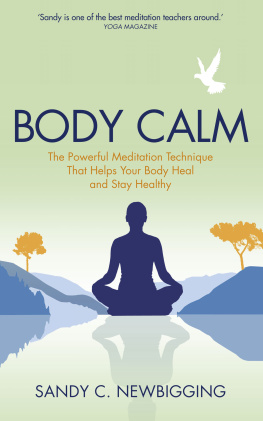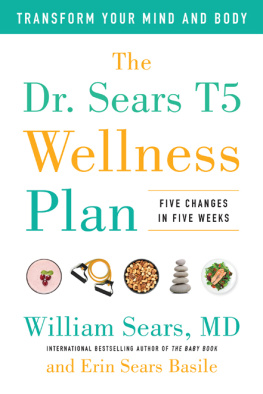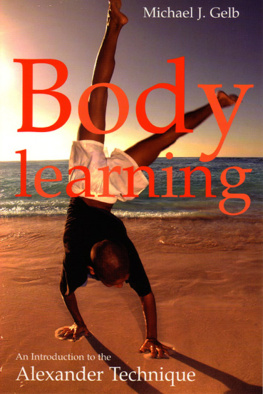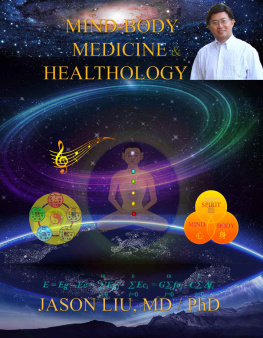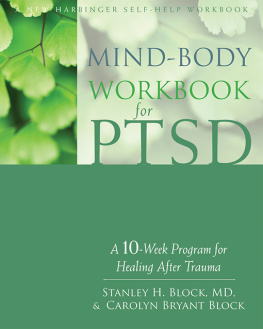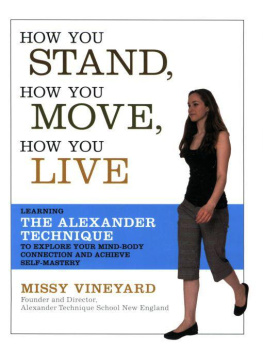Vineyard Missy - How You Stand, How You Move, How You Live: Learning the Alexander Technique to Explore Your Mind-Body Connection and Achieve Self-Mastery
Here you can read online Vineyard Missy - How You Stand, How You Move, How You Live: Learning the Alexander Technique to Explore Your Mind-Body Connection and Achieve Self-Mastery full text of the book (entire story) in english for free. Download pdf and epub, get meaning, cover and reviews about this ebook. City: New York, year: 2008, publisher: Da Capo Press, genre: Religion. Description of the work, (preface) as well as reviews are available. Best literature library LitArk.com created for fans of good reading and offers a wide selection of genres:
Romance novel
Science fiction
Adventure
Detective
Science
History
Home and family
Prose
Art
Politics
Computer
Non-fiction
Religion
Business
Children
Humor
Choose a favorite category and find really read worthwhile books. Enjoy immersion in the world of imagination, feel the emotions of the characters or learn something new for yourself, make an fascinating discovery.

- Book:How You Stand, How You Move, How You Live: Learning the Alexander Technique to Explore Your Mind-Body Connection and Achieve Self-Mastery
- Author:
- Publisher:Da Capo Press
- Genre:
- Year:2008
- City:New York
- Rating:3 / 5
- Favourites:Add to favourites
- Your mark:
How You Stand, How You Move, How You Live: Learning the Alexander Technique to Explore Your Mind-Body Connection and Achieve Self-Mastery: summary, description and annotation
We offer to read an annotation, description, summary or preface (depends on what the author of the book "How You Stand, How You Move, How You Live: Learning the Alexander Technique to Explore Your Mind-Body Connection and Achieve Self-Mastery" wrote himself). If you haven't found the necessary information about the book — write in the comments, we will try to find it.
PART 2: HOW DO YOU FEEL? The Mind-Body Link5. A Sense of Feeling; 6. Feelings Gone Wrong; Gary; Betty, Part One; 7. The Feeling of Fear; How We Perceive Danger; 8. Fears Body-Mind; In the Grip of Fear; A Threatening Injury; The Shrinking World of Pain; 9. Anxiety and Performance; Bruce, Part One; 10. Attention, Awareness, and Conscious Inhibition; Bruce, Part Two; PART 3: HOW DO YOU THINK? The Mind Changes Everything; 11. A Fine Day in London with Nothing to Feel; 12. Discovering the Thinking Mind; The Attic; Surprises and Beliefs; 13. Believing Is Not Seeing.
14. The Difference that Inhibition MakesErin, Part Two; 15. You Have a Helper; SELF-EXPERIMENTS; C. How to Inhibit; Quiet Your Inner Conversation; Turn on Your Prefrontal Cortex; Think with Meaning; The Positive No; Conscious Inhibition; D. Acts of Inhibition; Stop Moving; Think of Not Doing; Let Your Helper Do It; Let Go of Belief; PART 4: SPACE AND DIRECTION: Our Hidden Sense; 16. Fewer Words, More Space; Cleo; Meghan; 17. More Problems with Feelings; Nathan; Nancy; 18. Balance and Coordination; 19. A New Way of Moving; Brian; Betty, Part Two; SELF-EXPERIMENTS; E. How to Direct.
Think of a CubeUp-Down, Wide, Forward-Back; Putting Directions Together; Turning Your Head; Forward and Up; Thinking Names of Body Parts; Alexanders Directions; F. Moving with Inhibition and Direction; Bending Your Leg; Moving Forward and Back; Standing and Sitting; PART 5: TOUCH: Our Forgotten Sense; 20. Touching the Heart; Sam; What Is It about Touch?; 21. The Teachers Hands; PART 6: CONSCIOUSNESS: Our Newest Sense; 22. Pain Free and Moving Again; John, Part Two; 23. An Incredible Lightness of Being; Erin, Part Three; 24. Speaking from My Self; Greg; 25. Self-Mastery: Connection.
SELF-EXPERIMENTSG. How to Strengthen Your Back; Neck Extensors; Neck and Back Extensors; H. Self-Mastery Every Day; Exercise; Sports; Practice and Performance; Anxiety; Pain; How You Live; Appendix: How to Find a Teacher; Glossary; Notes; Bibliography; Acknowledgments; Index.
A comprehensive new guide to The Alexander Technique: A simple yet powerful method for improving how the mind and body interact.
Vineyard Missy: author's other books
Who wrote How You Stand, How You Move, How You Live: Learning the Alexander Technique to Explore Your Mind-Body Connection and Achieve Self-Mastery? Find out the surname, the name of the author of the book and a list of all author's works by series.

